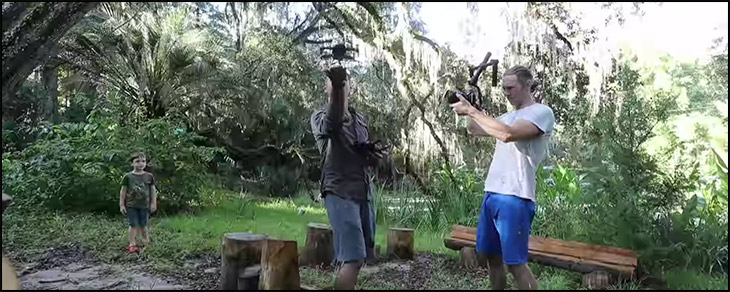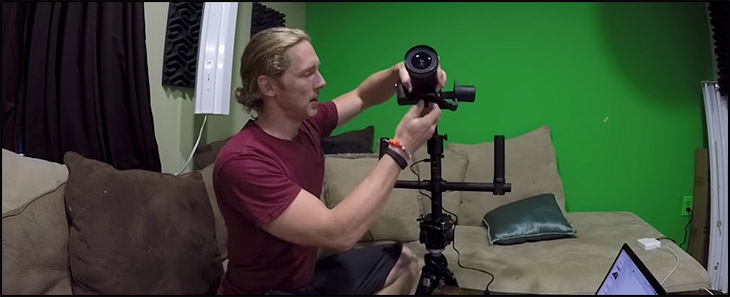Using Gimbals to Create Cinematic Shots
What is a Gimbal?
A gimbal is a type of pivoted support system that can control rotation of an object on a single axis. By stabilizing with three gimbals on the X, Y, and Z axis you can effectively stabilize the movement of a camera system. When we talk about stabilizing camera movement using a gimbal, we’re essentially talking about two or three axis gimbal stabilization.
Do you Need A Gimbal?
By no means do you need a gimbal for super steady camera movement. However, it will significantly improve the stabilization of handheld camera movement. We made the following video to hopefully explain the basics of using a gimbal:
Benefits of a Gimbal
Let’s start with the benefits. Without a doubt, it improves the stabilization of handheld footage. This is the clear benefit. Today’s gimbal like the Moza Air that we were using here is lightweight and affordable. It only takes an hour or two to setup the first time and then is ready to stabilize your footage. It also can serve to replace the need for some gear. If you used a big steadycam in the past, I think you can now leave that at home. In some ways you can get the same type of shots that a dolly track or cable dolly would have given you at a fraction of the weight.

Negatives of using a Gimbal
Time and weight is also the real negative. Every bit of filmmaking gear you bring with you on location is going to mean time. It takes time to set these things up and can quickly fill your check luggage. I’m on the fence whether I’d even recommend something like this for a travel vlogger. A lot of it depends on how stable you want your footage to be.
Check them out:
These are a few of the 3 axis gimbals on the market right now. They are all pretty amazing but we currently think the Moza air may come out on top as the best pick for your money.

































































































